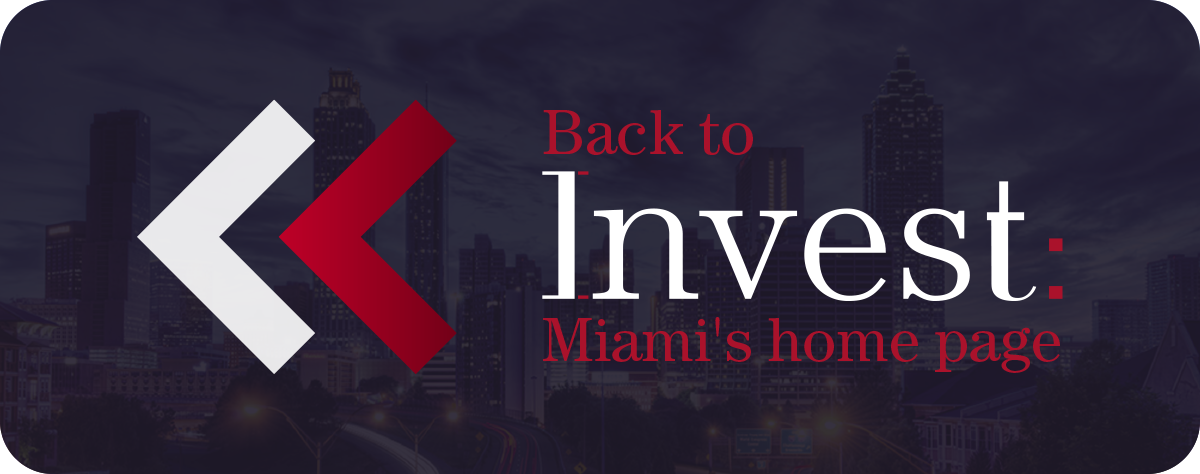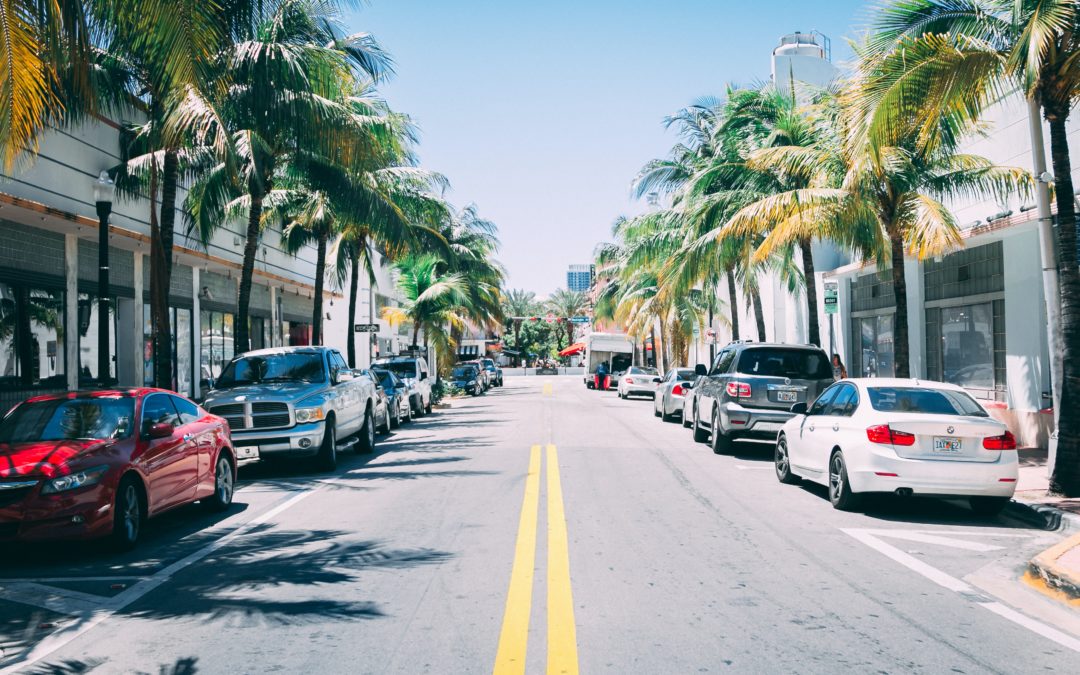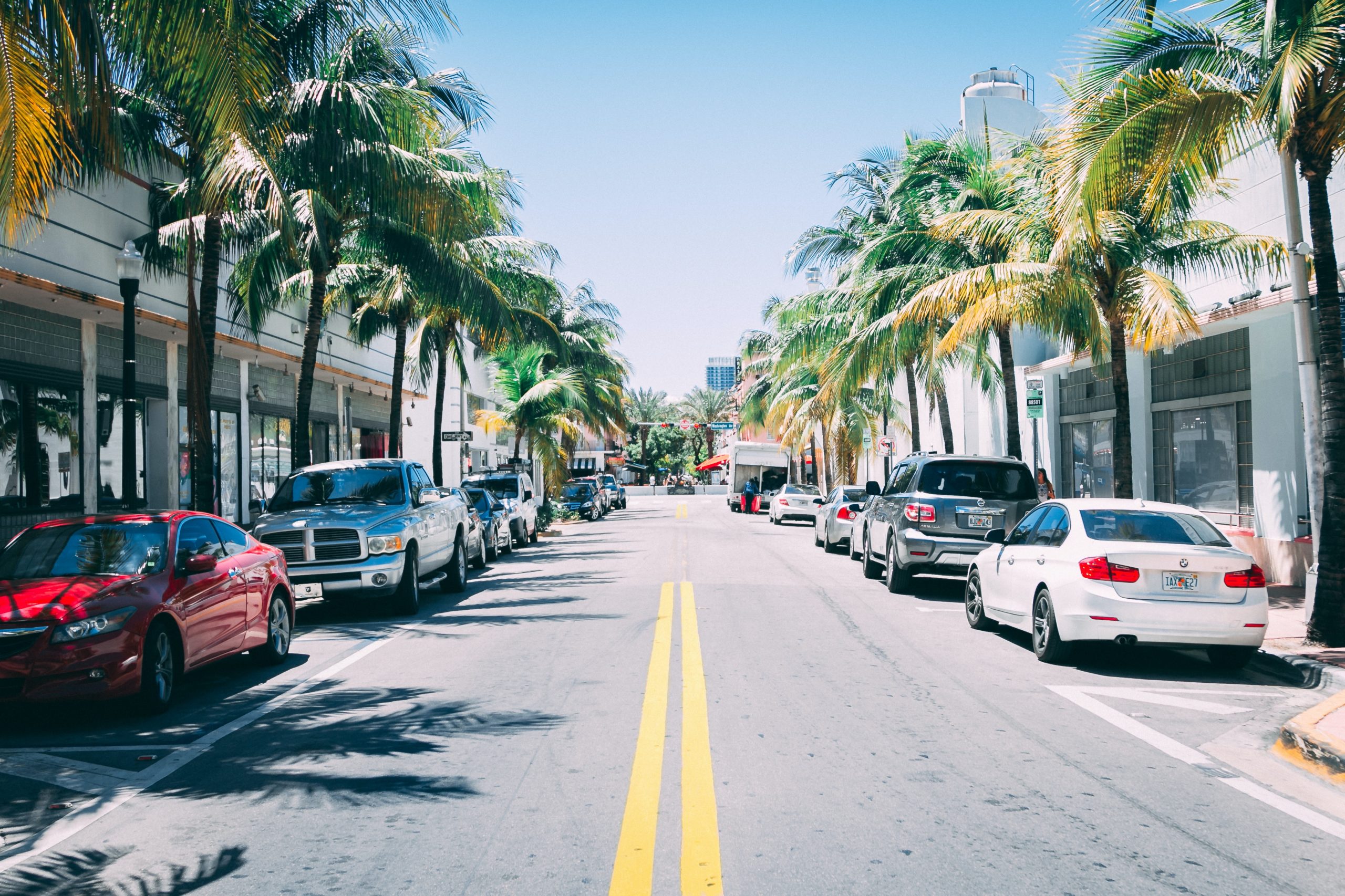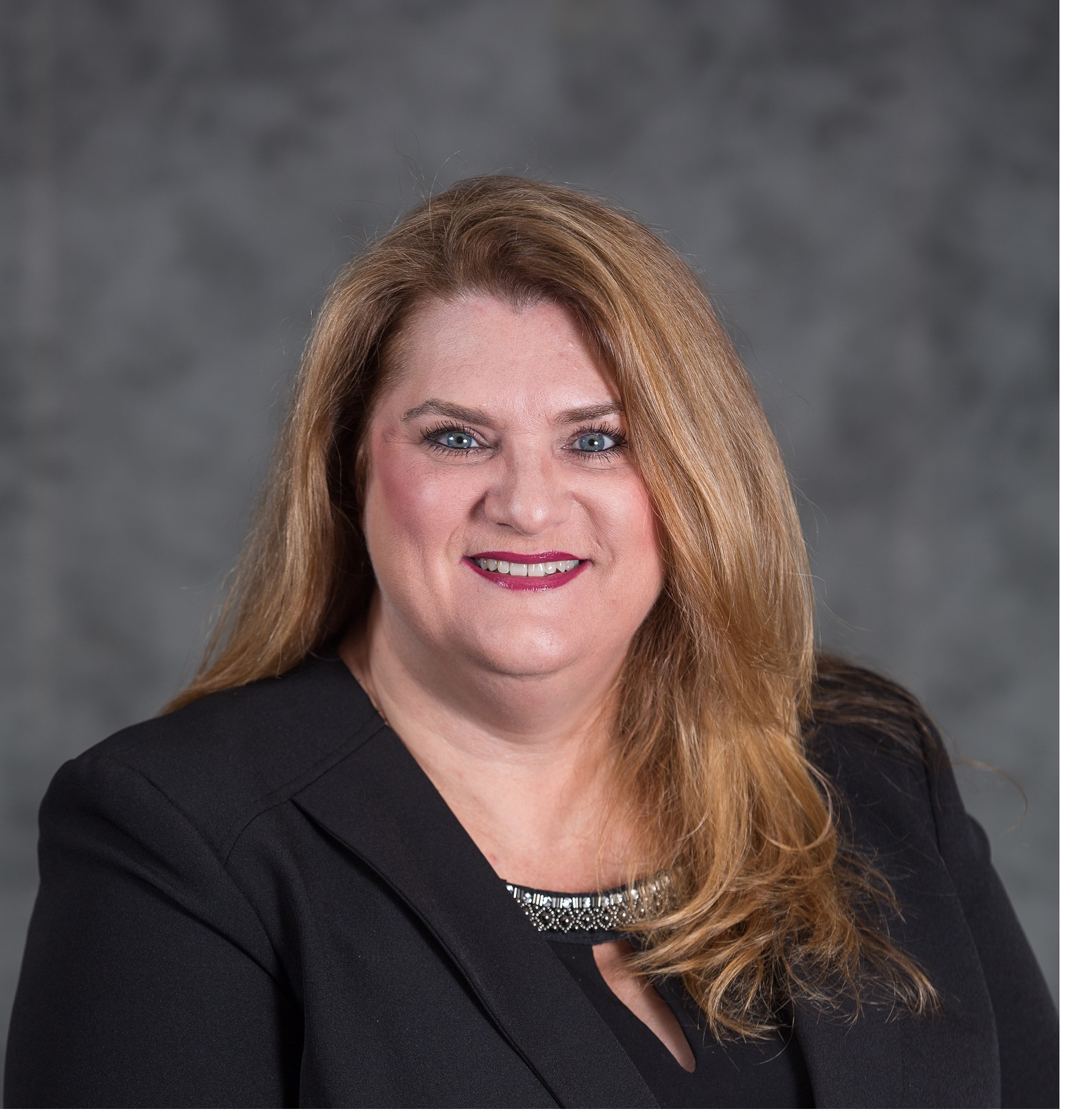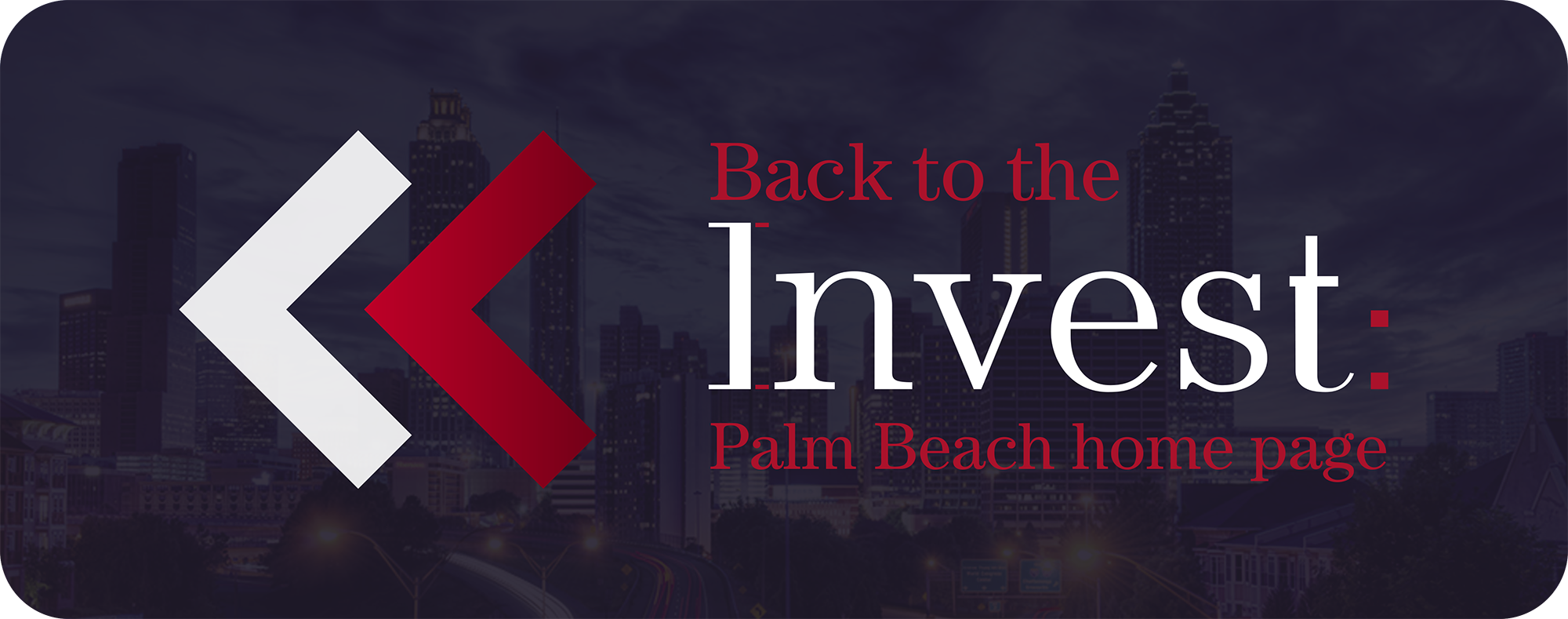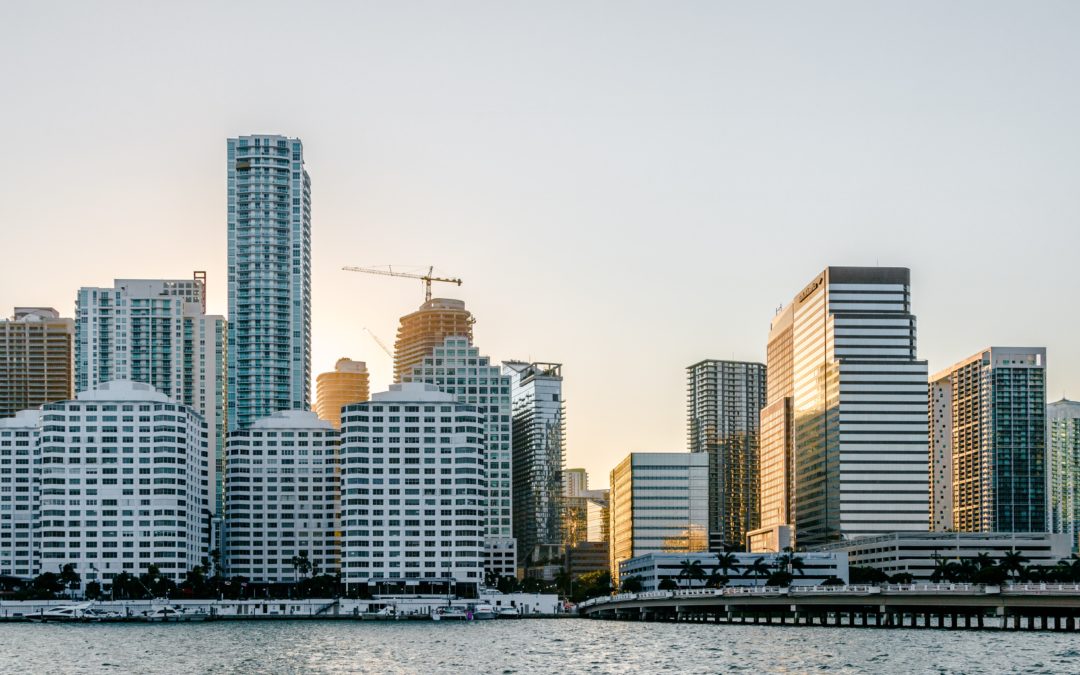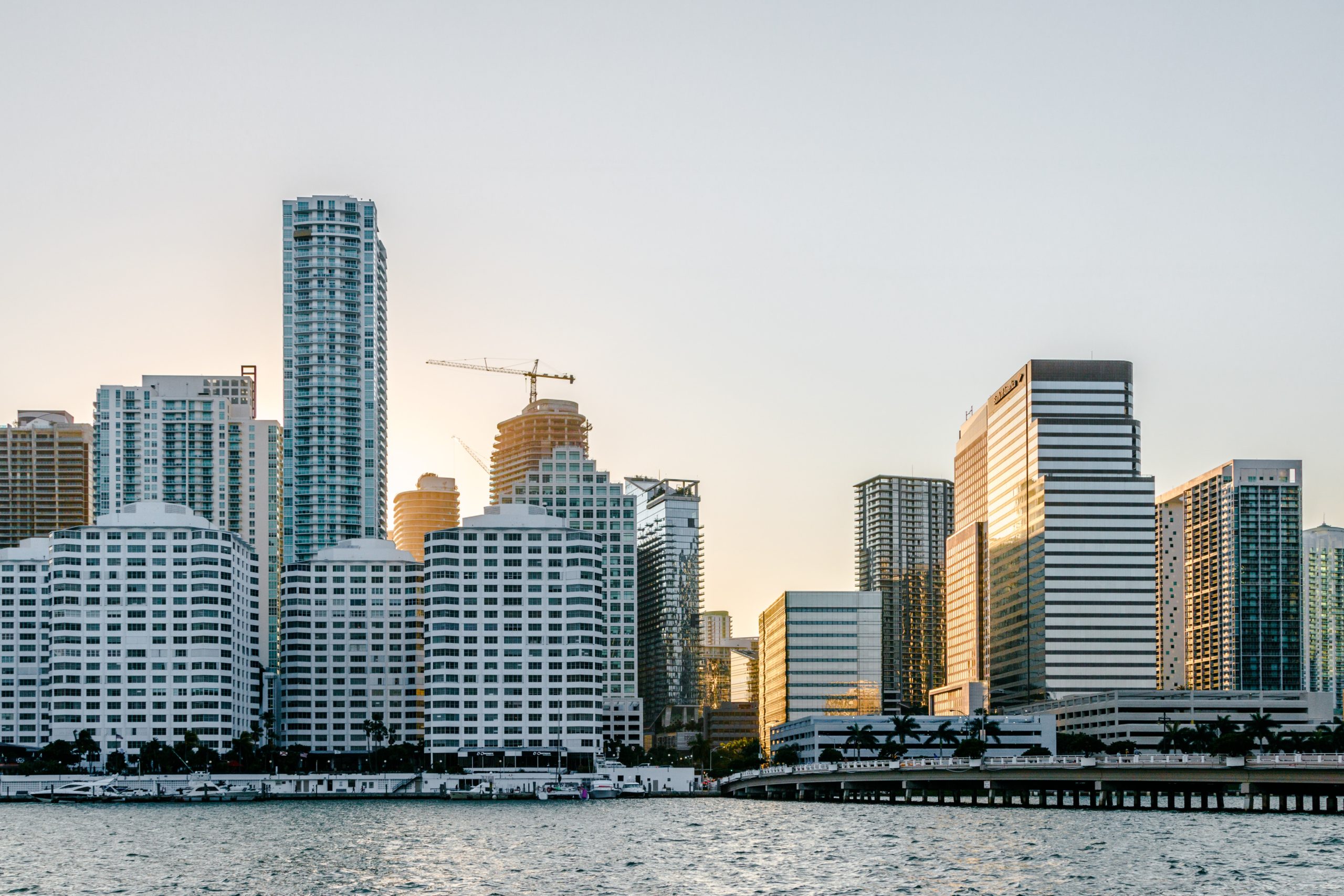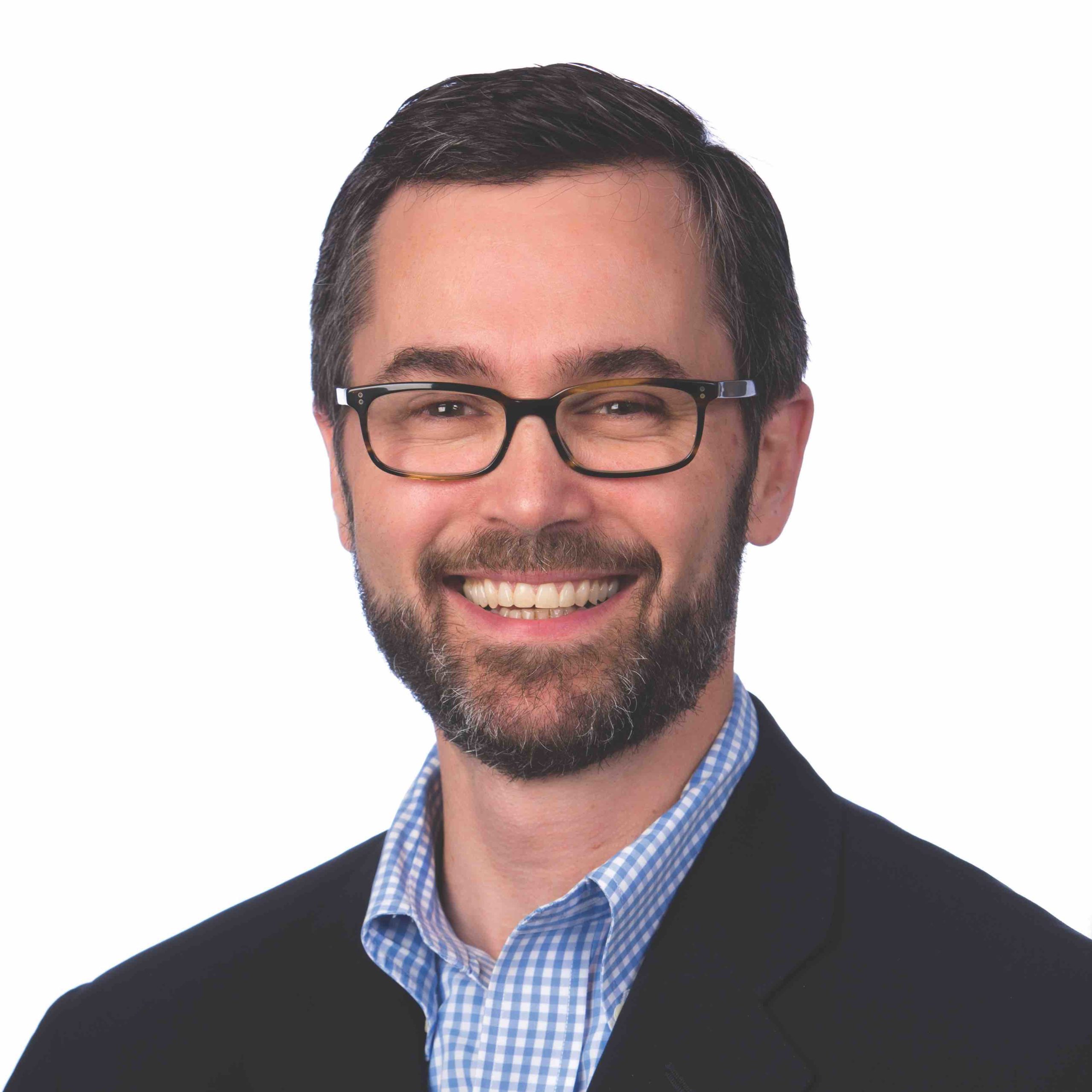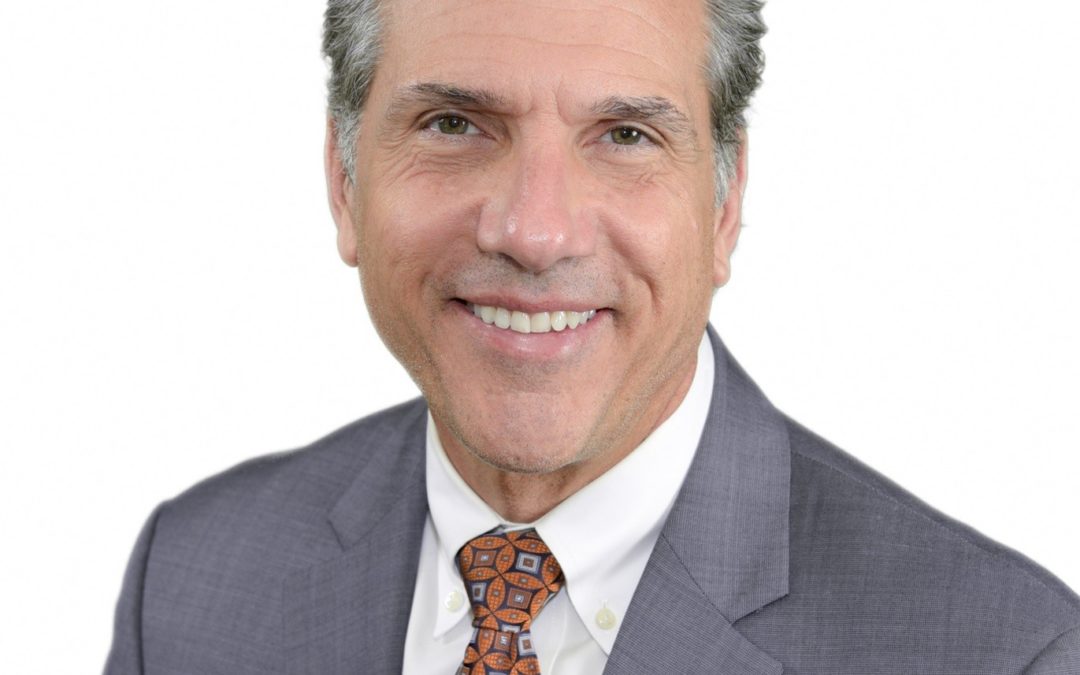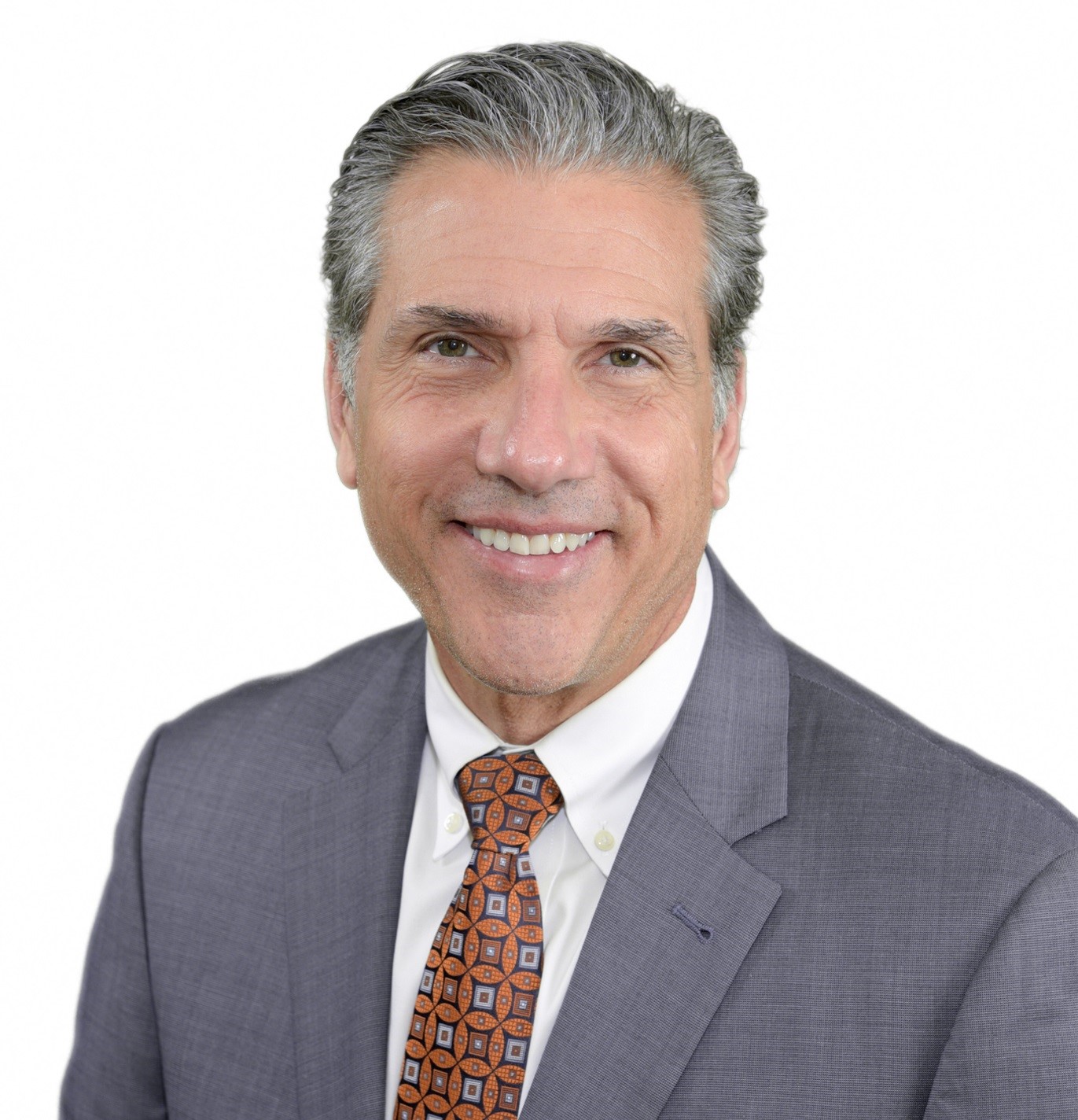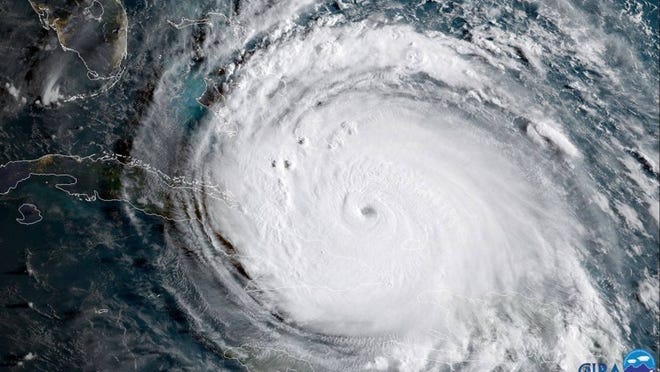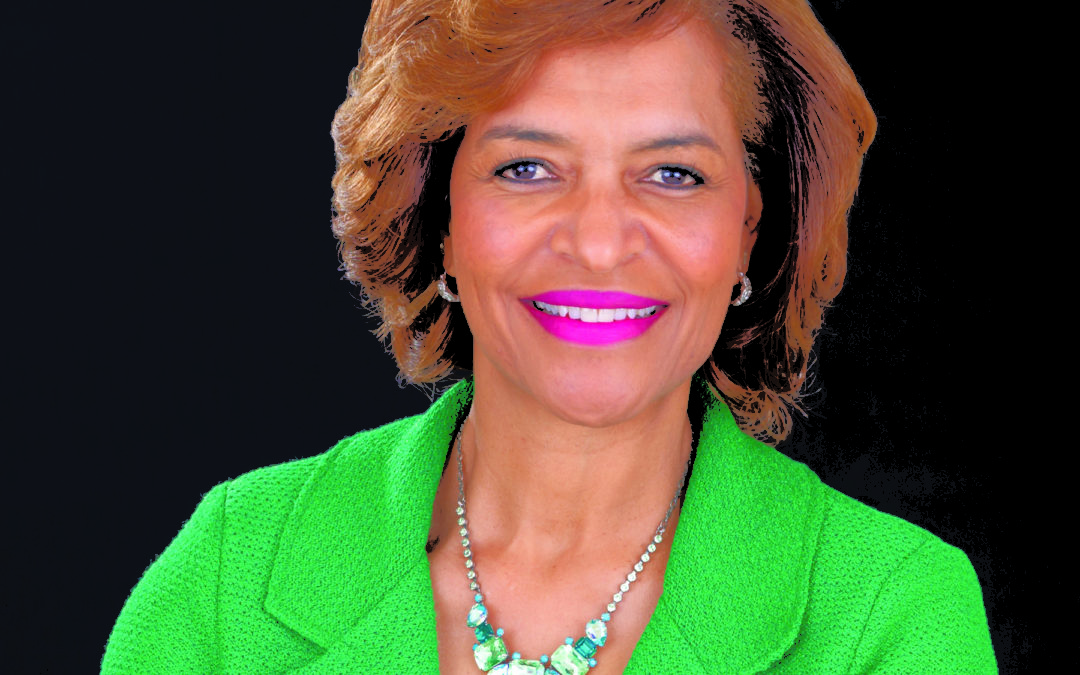
Spotlight On: Dilip Barot, President & CEO, Creative Choice Group
By: Beatrice Silva
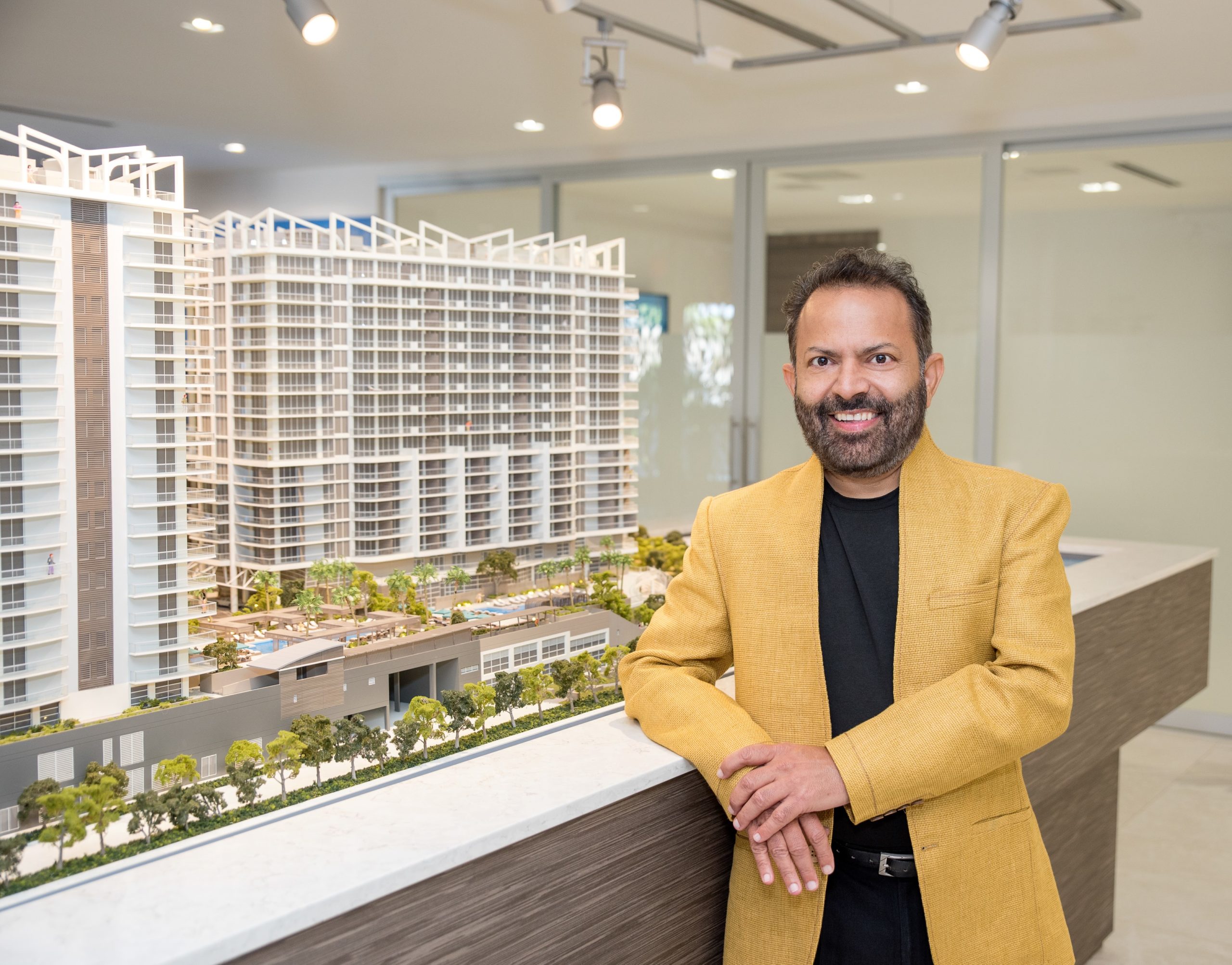
2 min read June 2020—Creative Choice Group is a U.S.-based investment and development company involved in the business of private real estate investment and development. President and CEO Dilip Barot, the company’s founder, spoke with Invest: Palm Beach about the county’s place in the company’s strategy, the impact from a changing demographic and the outlook for the sector.
How have your projects evolved in the last year and how is Palm Beach important for your strategy?
We have focused on strengthening our company, both nationally and internationally. In Palm Beach County in particular, our goal is to create 1,000 jobs in the near future. We want the community at large to benefit from the wellness programs we are providing so we are looking at ways to bring wellness programs to the community beyond what Amrit will be bringing. Palm Beach County’s profile continues to grow and we are part of that ecosystem. Of course, in 2019, construction costs increased and that impacted us. But there is always some impact from construction prices and this needs to be offset by creative thinking and collaboration between business owners and community leaders.
How are the changing demographics impacting your business and how is the county encouraging more young people and families to settle here?
The people coming to Palm Beach County want to learn more and assimilate into the community. Parents with school-aged children will make a decision based on the choice of schools and the younger generation tends to focus on the live-work-play lifestyle. We try to assist them as much as possible to make the right choices when settling in Palm Beach County.
Palm Beach County has a reputation of being home to a lot of wealthy older people. But we have to be diverse because that is what creates the growth and injects the vitality into the county. We therefore need to create an attractive environment for this generation. One way we can do this is by providing a means to have a social lifestyle, providing entertainment, physical activities and most importantly, affordable housing. At a younger age, earning power is typically lower than for older generations. We should appreciate the services and future the young generation bring. New industries will bring new jobs.
How are the Palm Beach authorities providing the auxiliary infrastructure that is needed for population growth?
The county has a good road system but the interconnectivity, particularly from east to west, can be improved greatly. We may need to implement cycle paths and introduce infrastructure, such as bike stands. Lessons should be learned from other communities that have faced the issue before us so that we do not make the same mistakes. The one-person, one-car model is outdated, and people are now learning through this pandemic that open spaces and a healthier, more active lifestyle are far superior.
More and more people are now realizing the importance of a more balanced life, particularly between materialistic needs and good mental health. I believe people in general are constantly striving for improvement and this goal is really coming to the forefront now. In the last 100 years, materialistic growth has been significant, but the inner journey has not kept up with that momentum. We are now seeing that much more in the younger generation, who do not need a lot of money or possessions but instead value experiences and opportunities. I think that is the correct path.
How has COVID-19 affected your business and what innovation do you see coming from the crisis?
We were able to keep our construction site operating despite the pandemic by ensuring we were practicing the guidelines of the WHO and CDC. We did allow our office employees to work from home. We are only now reopening through a structured approach. Within days of the outbreak here, we created a virtual online sales center where customers could interact in real time with our sales professionals and have access to all the marketing collateral, including virtual tours. In doing so, we had to consider minute details such as data protection, but we still were able to do this within weeks. We had our best month on record in April in terms of condo and residential sales. We have now implemented a virtual open house system and any in-person showings now have increased hygiene measures in place. We feel our employees are now more engaged at home and productivity is off the chart. We think going forward we will allow a portion of our workforce to work from home, which also builds an automatic contingency into the business model. We have learned a lot from this experience.
How will space and touchless technology be incorporated into everyday life moving forward?
There are already technologies that exist, although perhaps in a more niche space. In our ongoing development, we already have touchless toilets that we see on a widespread basis, but there are also things such as touchless showers that we can incorporate. We see a greater desire for more space going forward. We are learning as we go and welcome feedback from customers at every step of the way. Early next year, we will complete construction on the residences at Singer Island and the resort side will be open early in 2021.
What does your pipeline look like for the next year and a half?
We have a very promising pipeline. There are four sites that could be great wellness and real estate developments for us. We are also looking to develop some of the technology related to wellness. People are spending more money on wellness and developments like those we provide can offer them the opportunity to live their lives in a development with these features already incorporated.
To learn more about our interviewee, visit: www.creativechoicegroup.com

